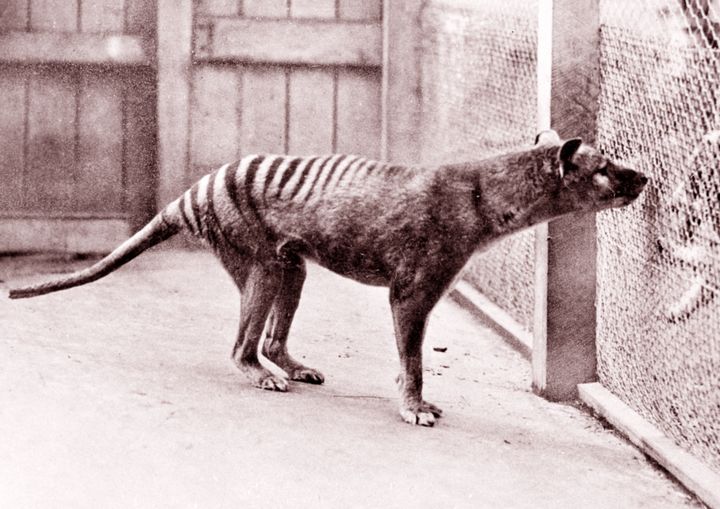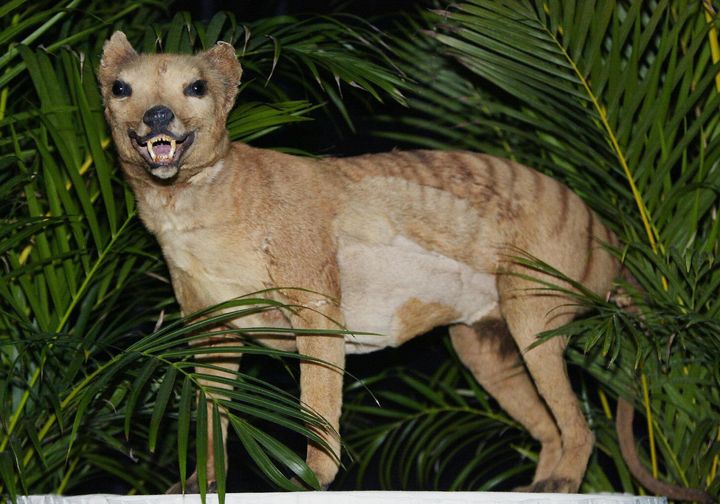Scientists are preparing to search for a creature thought long-extinct in northern Queensland.
The Tasmanian Tiger, or Thylacine, was a striped, wolf-like native mammal which was hunted to extinction by European settlers. The last one died in a zoo in 1936.
But stories of surviving animals persist and yearly unconfirmed sightings have turned the tiger, whose scientific name means pouched dog with a wolf’s head, into a holy grail for mystery hunters from across the globe.

Now scientists at James Cook University will launch a hunt, following verbal evidence from two credible sources who have provided plausible and detailed descriptions of animals which could be Tasmanian Tigers.
The field study will be led by Dr Sandra Abell using more than 50 high-tech “camera traps” to survey prospective sites on the Cape York Peninsula.
Co-investigator Bill Laurance said: “One of those observers was a long-time employee of the Queensland National Parks Service [named Brian Hobbs], and the other was a frequent camper and outdoorsman in north Queensland.
“All observations of putative Thylacines to date have been at night, and in one case four animals were observed at close range - about 20 feet away - with a spotlight.

“We have cross-checked the descriptions we received of eyeshine colour, body size and shape, animal behavior, and other attributes, and these are inconsistent with known attributes of other large-bodied species in north Queensland such as dingoes, wild dogs or feral pigs.”
“These animals, I’ve never seen anything like them before in my life,” Hobbs told ABC.
“They were dog-shaped – I had a [German] shepherd with me so I certainly know what dogs are about – and in the spotlight I could see they were tan in colour and they had stripes on their sides.”
Former park ranger Patrick Shears told the channel he had discussed the sightings with Aboriginal communities, who refer to the animal as the Moonlight Tiger.
“They pretty well confirmed that they know about a dog-like creature – not a dingo – that’s often seen at night,” he said.

Shears added he believed he had seen one of the animals himself during a nighttime patrol.
“They’re curious. If you’re not moving and not making a noise they’ll come within a reasonable range and check you out and then just trot off.”
Professor Laurance said both observers are providing the research team with detailed information on the locations of the sightings, which are at two separate sites.
“Everything is being handled with strict confidence, so we won’t be able to say exactly where we are conducting the surveys aside from it being on the Cape York Peninsula,” he added.
The search will begin in April as the team waits for high river levels on Cape York to recede, and to secure appropriate permits and permissions for the search.
